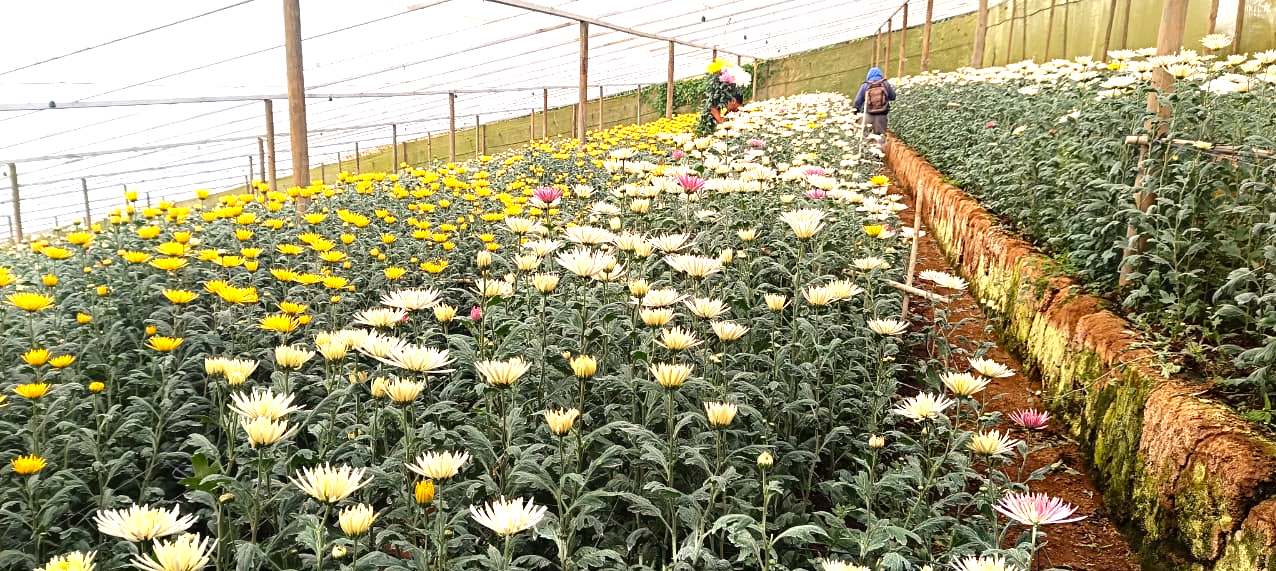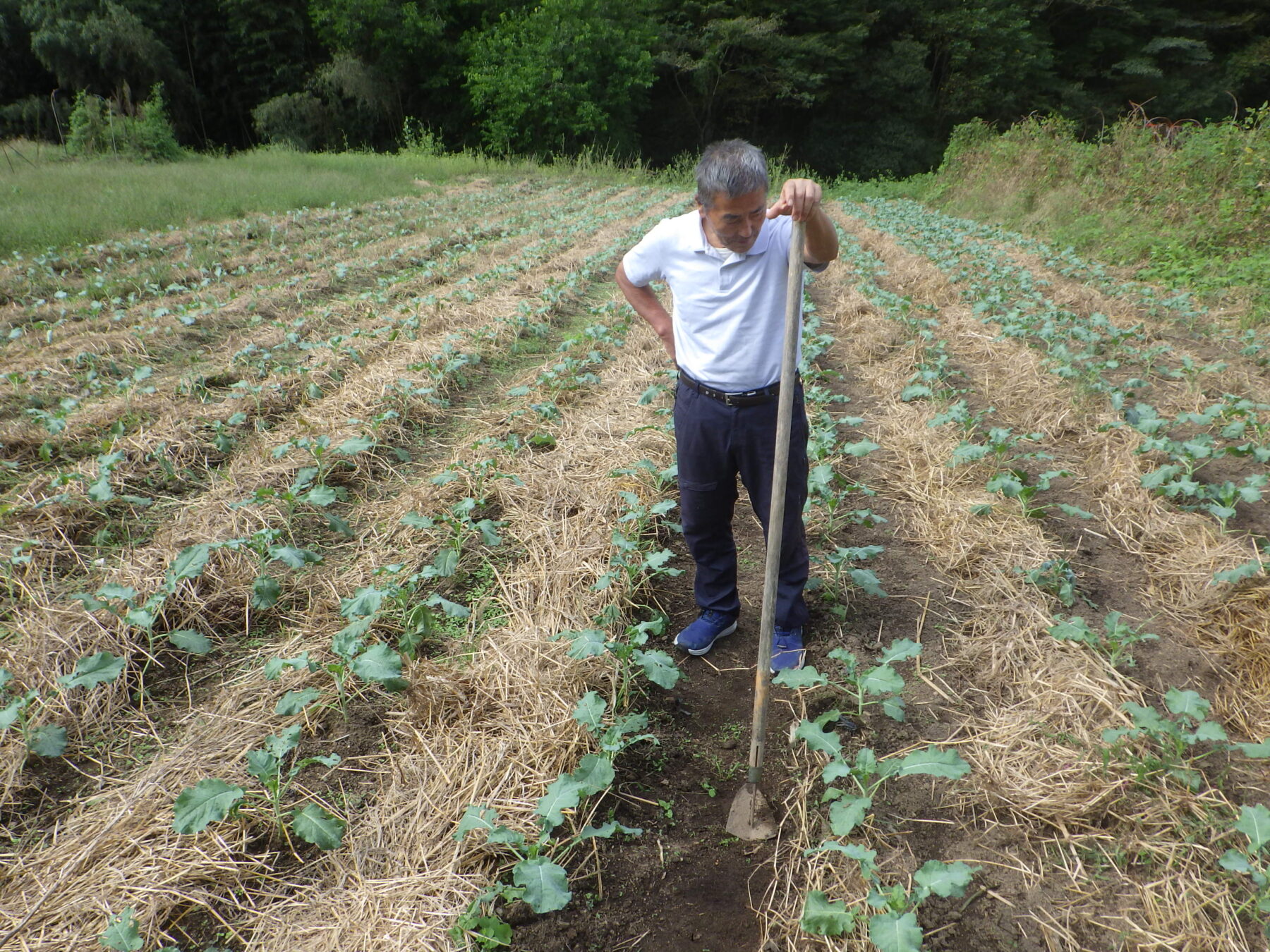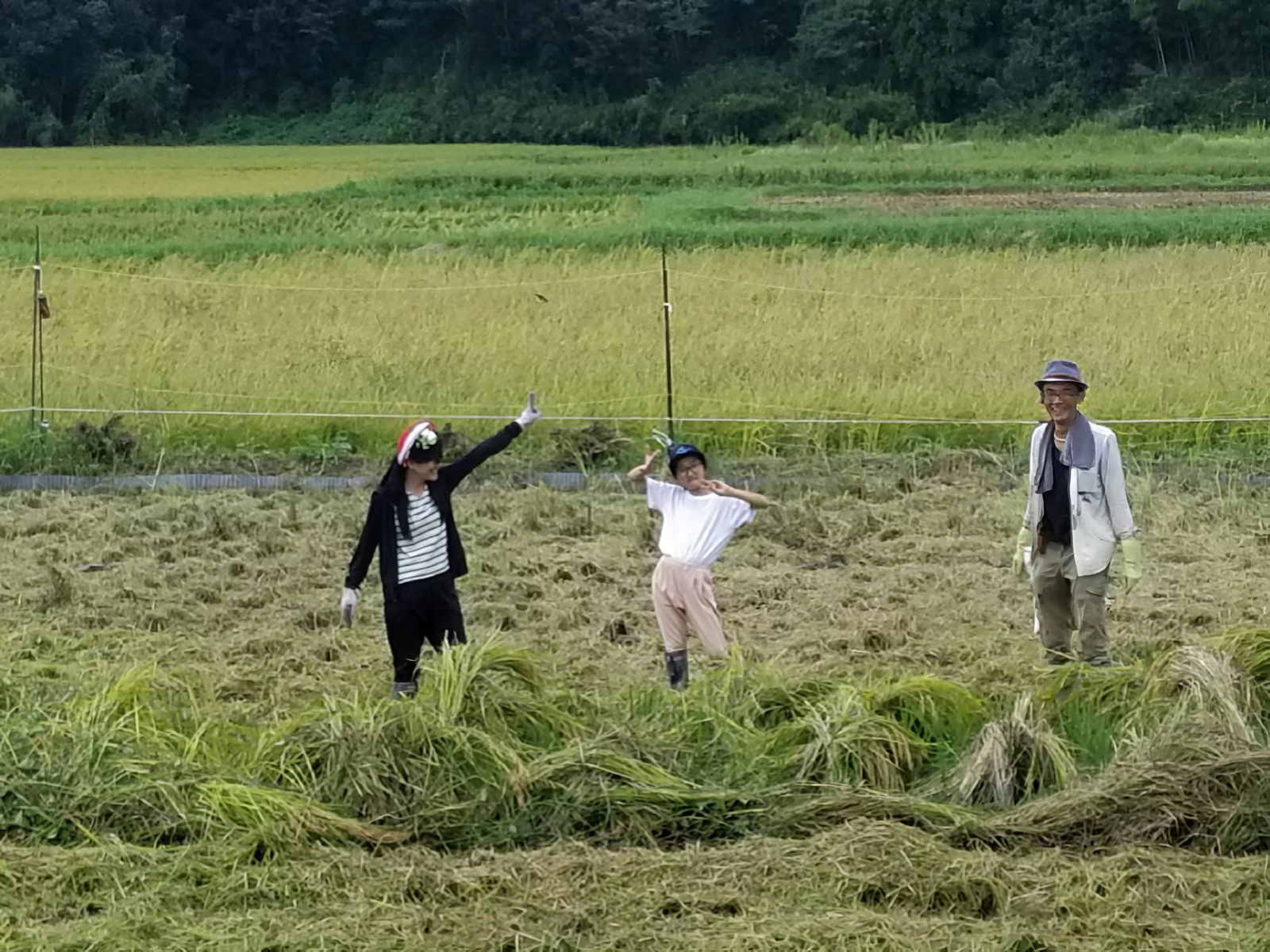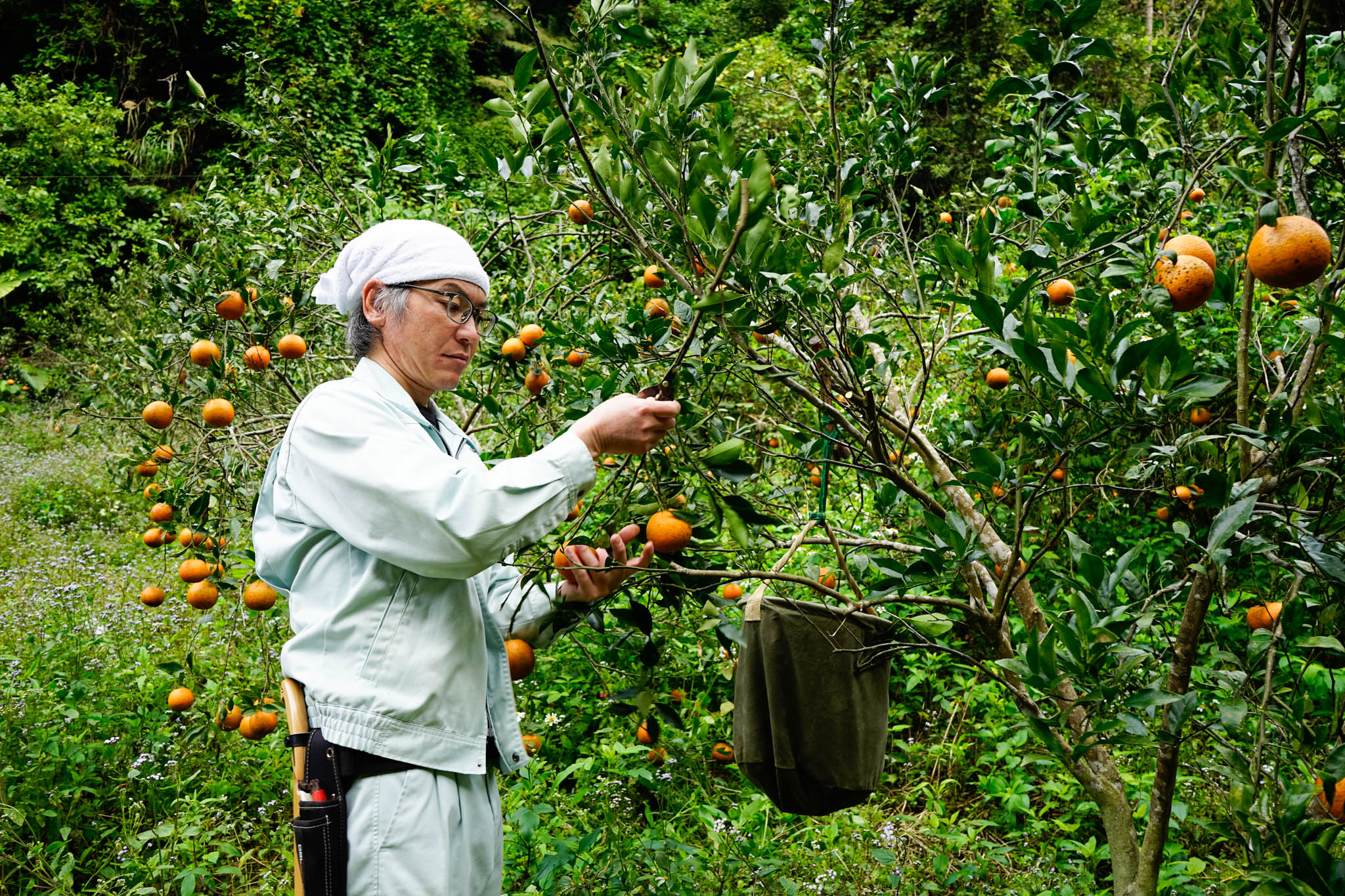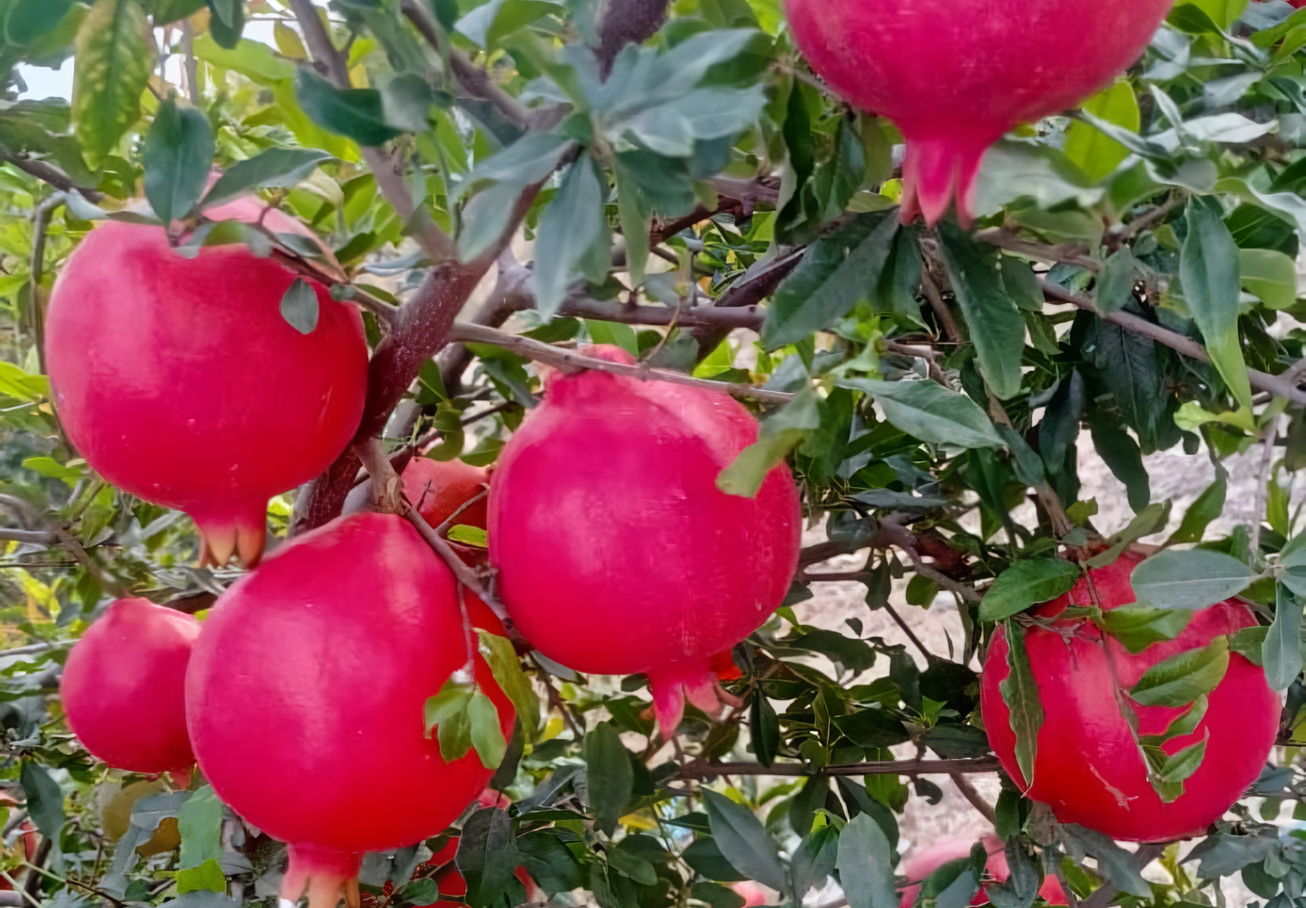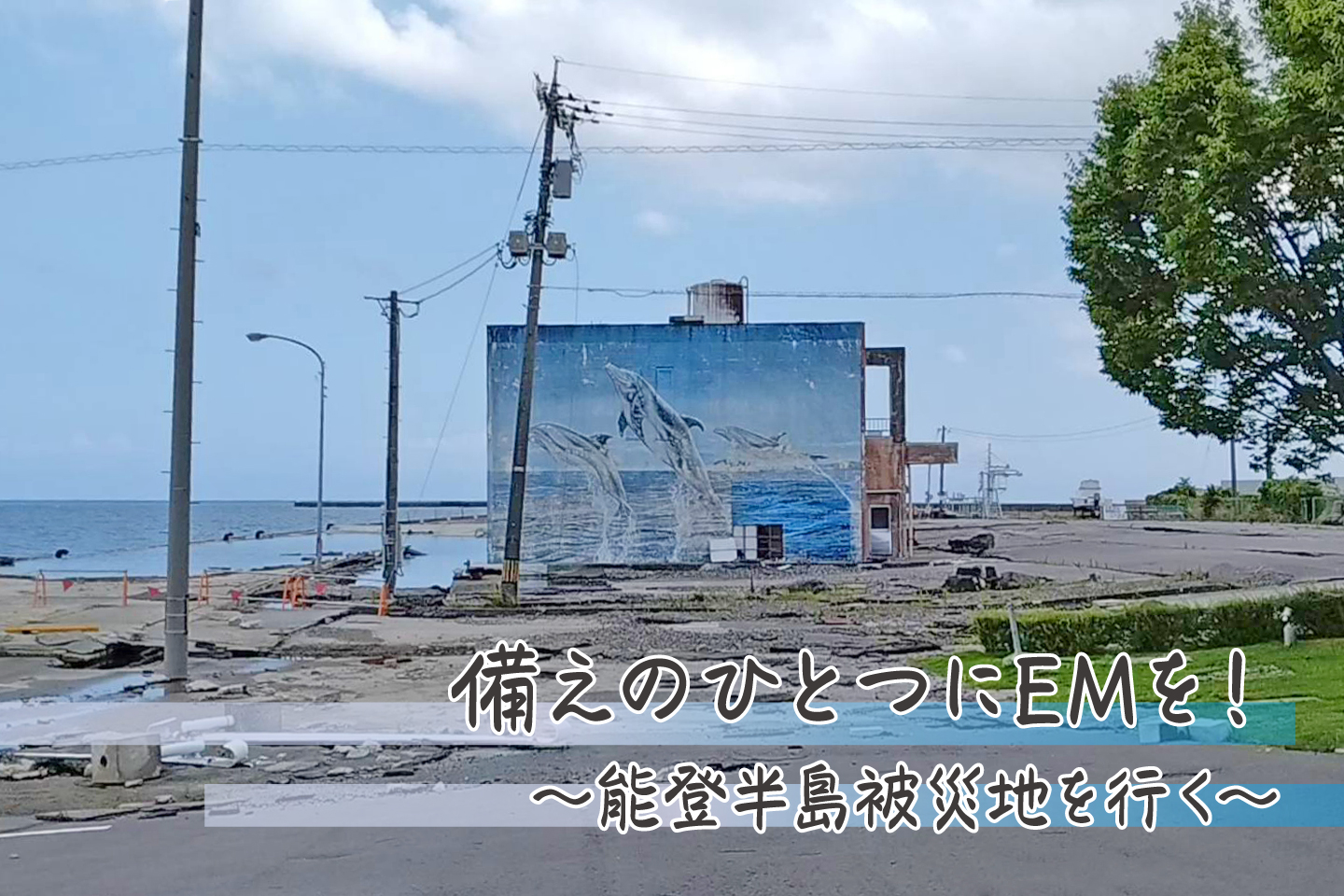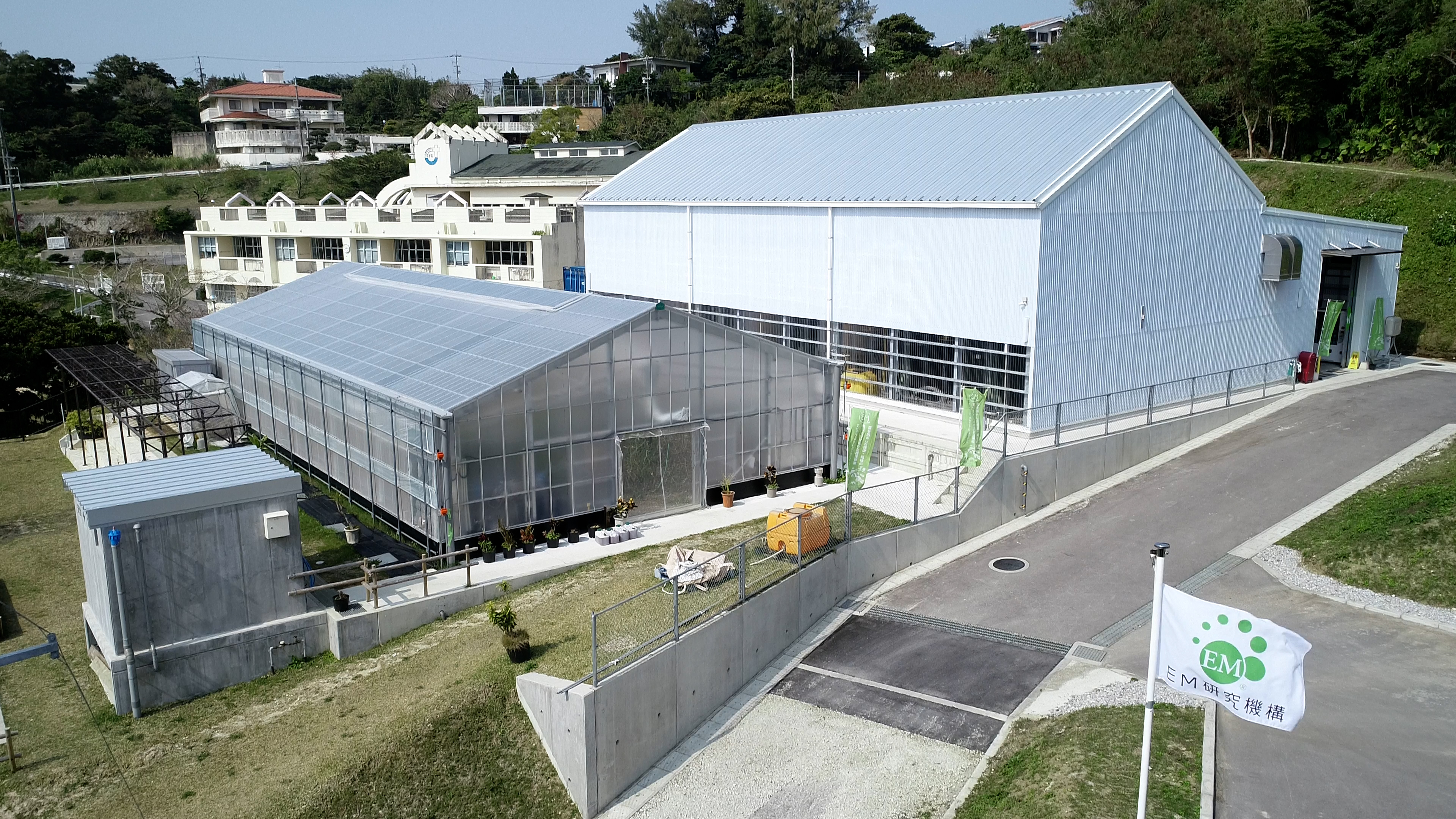Case Studies
EM Rice Grown with Special Soil
Japan

EM Rice Farmers Overview
The Ado River originates at the watershed on the border between Fukui and Kyoto prefectures and flows into Lake Biwa. The rice paddies are irrigated with water from the clean Ado River and are also home to sweet fish. Mr. Akira Kojima, the representative of Shin Asahi EM Cultivation Producers Group, and his family started rice farming with the use of beneficial bacteria, hoping to preserve the coexistence of the rice paddies and the lake for the next generation. They have been using EM Technology for more than 15 years.
The Ado River originates at the watershed on the border between Fukui and Kyoto prefectures and flows into Lake Biwa. The rice paddies are irrigated with water from the clean Ado River and are also home to sweet fish. Mr. Akira Kojima, the representative of Shin Asahi EM Cultivation Producers Group, and his family started rice farming with the use of beneficial bacteria, hoping to preserve the coexistence of the rice paddies and the lake for the next generation. They have been using EM Technology for more than 15 years.

Shinshinotsu Village in Hokkaido is a town with blue skies, endless green land, and a direct sense of nature. Blessed with "clear water" from the Ishikari River system, which has its source deep in the mountains of central Hokkaido, “fresh air” with unobstructed breezes, and “rich soil” in the paddy field environment that the farmers cherish, Shinshinotsu Village has all the conditions necessary for delicious rice. Each member of the Shinshinotsu EM Research Group is a father and son of two generations with a wealth of knowledge and youthful enthusiasm. They also have been using EM Technology for over 15 years.

EM Application
EM Bimi-mai, the brand name for the EM grown rice, is safe and healthy rice selected for its methods of EM cultivation.
One factor that makes EM Bimi-mai special is the healthy soil in which it is grown. Every farmer uses the same beneficial bacterium to make its soil.
They use the following three-piece set of beneficial bacteria
(i) Activated EM・1: extended solution of EM・1.
(ii) EM Bokashi: Fermented fertilizer made by fermenting rice bran with EM・1.
(iii) EM Ceramics: powder made by mixing EM・1 with clay and baking it.
Furthermore, they cultivate rice with minimal or no use of chemicals, prioritizing the safety of the consumers.
EM Bimi-mai, the brand name for the EM grown rice, is safe and healthy rice selected for its methods of EM cultivation.
One factor that makes EM Bimi-mai special is the healthy soil in which it is grown. Every farmer uses the same beneficial bacterium to make its soil.
They use the following three-piece set of beneficial bacteria
(i) Activated EM・1: extended solution of EM・1.
(ii) EM Bokashi: Fermented fertilizer made by fermenting rice bran with EM・1.
(iii) EM Ceramics: powder made by mixing EM・1 with clay and baking it.
Furthermore, they cultivate rice with minimal or no use of chemicals, prioritizing the safety of the consumers.

EM Effects and Results
・EM Bimi-mai uses less or no pesticides or chemical fertilizers compared to conventionally grown rice.
・EM Bimi-mai is safe for consumers.
・Shin Asahi EM Cultivation Group’s rice paddies and waterways are like small aquariums housing small fish that ensure the safety of cultivation.
・EM Bimi-mai uses less or no pesticides or chemical fertilizers compared to conventionally grown rice.
・EM Bimi-mai is safe for consumers.
・Shin Asahi EM Cultivation Group’s rice paddies and waterways are like small aquariums housing small fish that ensure the safety of cultivation.
The article is courtesy of EM SEIKATSU.
(2023/5/2)
(2023/5/2)
